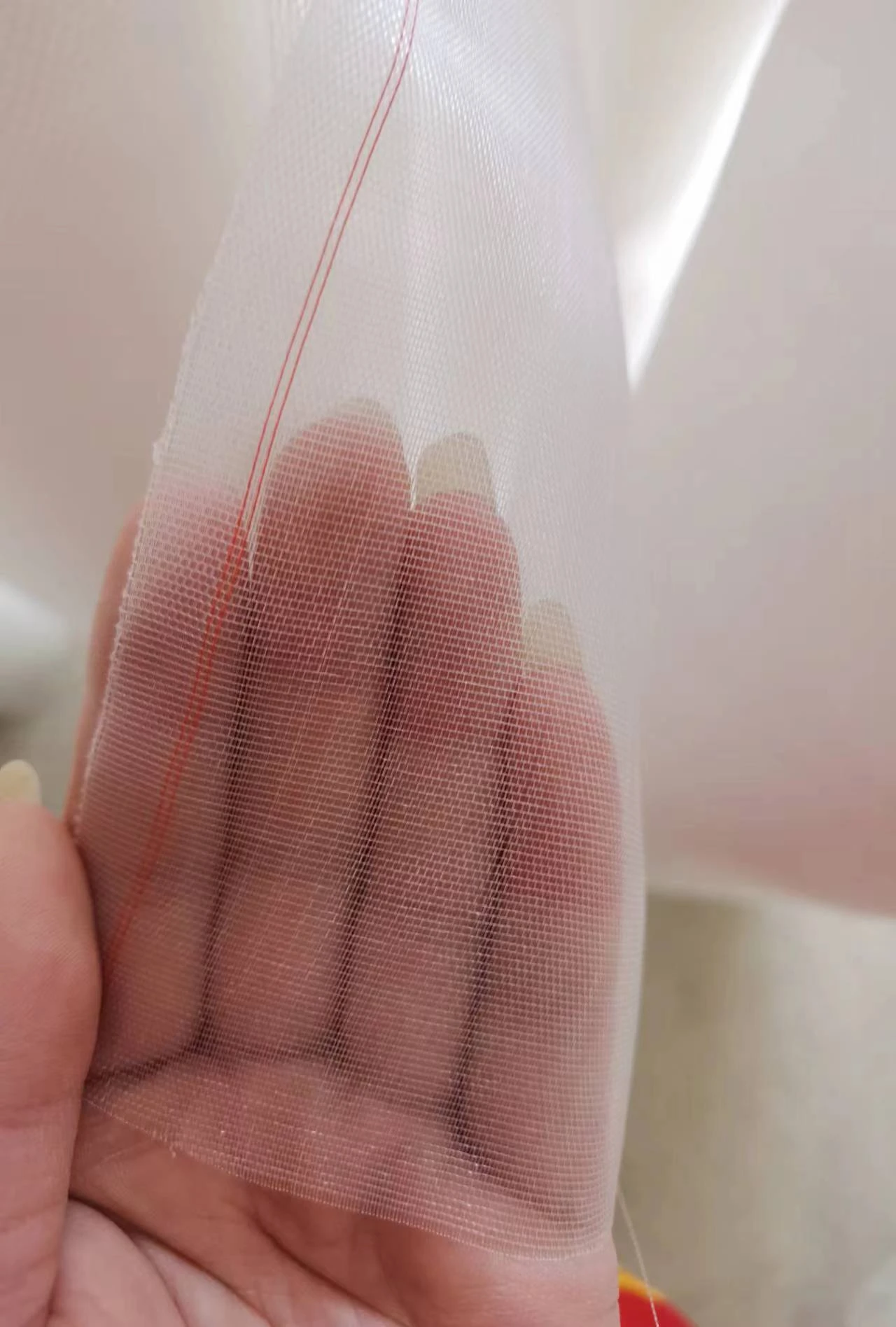-
 Afrikaans
Afrikaans -
 Albanian
Albanian -
 Amharic
Amharic -
 Arabic
Arabic -
 Armenian
Armenian -
 Azerbaijani
Azerbaijani -
 Basque
Basque -
 Belarusian
Belarusian -
 Bengali
Bengali -
 Bosnian
Bosnian -
 Bulgarian
Bulgarian -
 Catalan
Catalan -
 Cebuano
Cebuano -
 China
China -
 Corsican
Corsican -
 Croatian
Croatian -
 Czech
Czech -
 Danish
Danish -
 Dutch
Dutch -
 English
English -
 Esperanto
Esperanto -
 Estonian
Estonian -
 Finnish
Finnish -
 French
French -
 Frisian
Frisian -
 Galician
Galician -
 Georgian
Georgian -
 German
German -
 Greek
Greek -
 Gujarati
Gujarati -
 Haitian Creole
Haitian Creole -
 hausa
hausa -
 hawaiian
hawaiian -
 Hebrew
Hebrew -
 Hindi
Hindi -
 Miao
Miao -
 Hungarian
Hungarian -
 Icelandic
Icelandic -
 igbo
igbo -
 Indonesian
Indonesian -
 irish
irish -
 Italian
Italian -
 Japanese
Japanese -
 Javanese
Javanese -
 Kannada
Kannada -
 kazakh
kazakh -
 Khmer
Khmer -
 Rwandese
Rwandese -
 Korean
Korean -
 Kurdish
Kurdish -
 Kyrgyz
Kyrgyz -
 Lao
Lao -
 Latin
Latin -
 Latvian
Latvian -
 Lithuanian
Lithuanian -
 Luxembourgish
Luxembourgish -
 Macedonian
Macedonian -
 Malgashi
Malgashi -
 Malay
Malay -
 Malayalam
Malayalam -
 Maltese
Maltese -
 Maori
Maori -
 Marathi
Marathi -
 Mongolian
Mongolian -
 Myanmar
Myanmar -
 Nepali
Nepali -
 Norwegian
Norwegian -
 Norwegian
Norwegian -
 Occitan
Occitan -
 Pashto
Pashto -
 Persian
Persian -
 Polish
Polish -
 Portuguese
Portuguese -
 Punjabi
Punjabi -
 Romanian
Romanian -
 Russian
Russian -
 Samoan
Samoan -
 Scottish Gaelic
Scottish Gaelic -
 Serbian
Serbian -
 Sesotho
Sesotho -
 Shona
Shona -
 Sindhi
Sindhi -
 Sinhala
Sinhala -
 Slovak
Slovak -
 Slovenian
Slovenian -
 Somali
Somali -
 Spanish
Spanish -
 Sundanese
Sundanese -
 Swahili
Swahili -
 Swedish
Swedish -
 Tagalog
Tagalog -
 Tajik
Tajik -
 Tamil
Tamil -
 Tatar
Tatar -
 Telugu
Telugu -
 Thai
Thai -
 Turkish
Turkish -
 Turkmen
Turkmen -
 Ukrainian
Ukrainian -
 Urdu
Urdu -
 Uighur
Uighur -
 Uzbek
Uzbek -
 Vietnamese
Vietnamese -
 Welsh
Welsh -
 Bantu
Bantu -
 Yiddish
Yiddish -
 Yoruba
Yoruba -
 Zulu
Zulu
Effective Strategies for Using Bird Prevention Netting in Urban Areas
Bird Prevention Netting A Sustainable Solution for Protecting Crops
The problem of birds damaging crops has plagued farmers for centuries. As avian populations thrive, particularly in agricultural areas, the challenge of protecting crops from bird-related destruction remains a significant concern. Not only do birds feast on seeds and ripe fruits, but they can also compromise the quality of harvested produce. To mitigate these issues, bird prevention netting has emerged as an effective, sustainable solution that benefits both farmers and the environment.
Bird prevention netting is a type of mesh fabric that acts as a barrier to keep birds away from crops. Typically made from lightweight materials such as polyethylene or polypropylene, these nets are designed to be durable and weather-resistant, allowing them to withstand various environmental conditions. The netting comes in different mesh sizes, with smaller openings designed to keep out various bird species while allowing air and sunlight to reach the plants. The primary goal of using bird netting is not to harm the birds but rather to create a safe space for crops to thrive without interference.
One of the most compelling advantages of bird netting is its non-toxic nature
. Unlike chemical repellents or traps that can harm wildlife and disrupt local ecosystems, bird prevention netting provides a humane alternative to traditional pest control methods. By employing this method, farmers can protect their crops without resorting to harmful pesticides or other chemicals, thus safeguarding beneficial insects and the surrounding environment. This eco-friendly approach aligns with sustainable farming practices that focus on preserving biodiversity and reducing agricultural waste.bird prevention netting

In addition to its environmental benefits, bird netting can significantly increase crop yields. Farmers who have implemented netting have reported improved harvests and less spoilage. By keeping birds at bay, netting allows crops to mature without the threat of foraging birds, thus enhancing both quality and quantity. This increased productivity can lead to greater profitability, allowing farmers to invest more resources into their land and future projects.
Installation of bird netting is relatively straightforward. Farmers can choose between various methods, from simple over-the-top installations to more complex systems that involve building frames and posts to support the netting. Investing in high-quality nets tailored to the specific needs of the farm can ensure longevity and effectiveness. Moreover, with proper maintenance, bird netting can last for several growing seasons, making it a cost-effective solution for ongoing bird-related challenges.
However, it is essential for farmers to conduct thorough assessments before installation. Each agricultural environment is unique, and factors such as local bird species, crop types, and geographical conditions will influence the effectiveness of the netting. Engaging with agricultural experts or consultants can help farmers design the best strategy tailored to their specific situation, thus maximizing the benefits of bird prevention netting.
In conclusion, bird prevention netting offers a sustainable and effective solution for protecting crops from bird damage. By prioritizing eco-friendly practices and humane methods of pest control, farmers can not only safeguard their agricultural investments but also contribute to the health of the ecosystem. As agriculture continues to evolve, embracing innovative solutions such as bird netting is crucial for securing a productive and sustainable future in farming. With these methods, farmers can ensure that both their crops and the environment flourish harmoniously.
-
Shipping Plastic Bags for Every NeedNewsJul.24,2025
-
Safety Netting: Your Shield in ConstructionNewsJul.24,2025
-
Plastic Mesh Netting for Everyday UseNewsJul.24,2025
-
Nylon Netting for Every UseNewsJul.24,2025
-
Mesh Breeder Box for Fish TanksNewsJul.24,2025
-
Expanded Steel Mesh Offers Durable VersatilityNewsJul.24,2025











